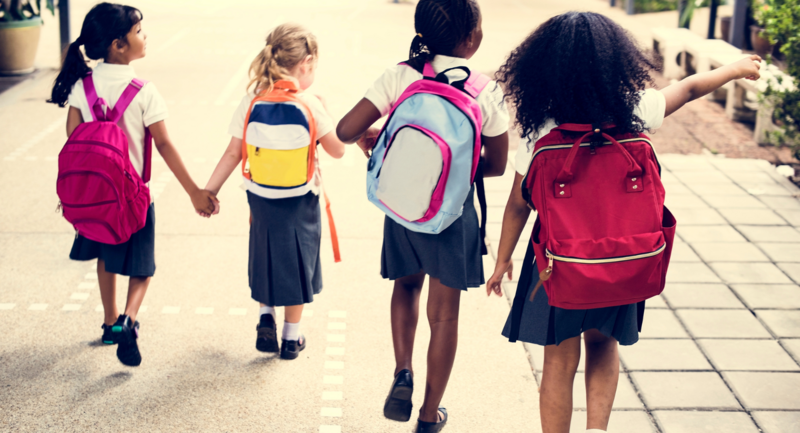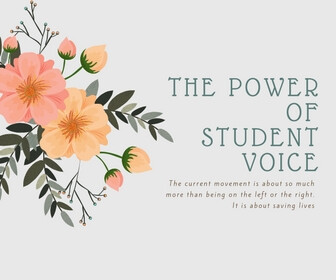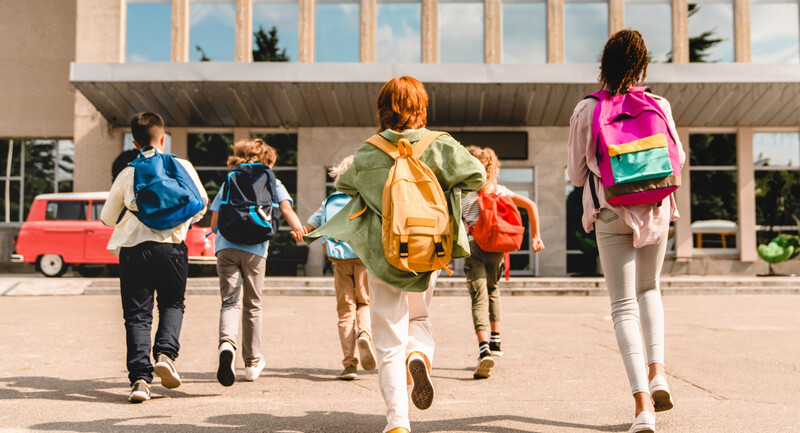Each and every generation displays distinctive beliefs and perceptions that impact upon institutional cultures. Promoting synergy in the school house through empathic generational bonding may increase collaboration, lower attrition rates and support individual, professional and organizational learning right from the start. Read on for a few tips on the topic.
Tip 1: Plan For Synergy
Organizations thrive when their members work together to achieve collective aims. That joint energy is much greater than the individual effort of each constituting part and it is precisely what schools should, desirably, try to head for. Remember the sayings: ‘the whole is greater than the sum of its parts’ and ‘If you fail to plan, plan to fail’. Synergy is fabulous, but it is not magic.
Institutions move from good to great when students, parents and staff plan to combine their unique efforts towards jointly chosen aims while avoiding serendipity in what they achieve. Knowing group strengths and weaknesses of all age-related school stakeholders may provide firm foundation for growth and a good starting point for culture change. Remember that in ‘intelligent organizations’ (Senge, 2006) inter-developed learning for all members enhances results. So plan holistically and include all. Support staff? Of course! The more, the better.
Tip 2: Mind the Generation Gap
Clashes occur in all communities. Research shows gender, cultural and generational perceptions create sticking points that may affect organizations. Yet, of all three variables, ‘generational differences’ (McCrindle, 2009) take the lead in bringing people together or setting them apart. Keep an eye on them.
Decoding the big WHYs behind the WHATs of collective behavior and building generational empathic understanding helps design new paths and find out creative HOWs to reach joint objectives. When leaders and administrators implement a generational approach to institutional synergy, they work out a multi-layered puzzle that leaves no piece behind in an all-encompassing approach.
Tip 3: Differentiate to Collaborate
The following generations with their corresponding mindsets (Behrstock and Clifford, 2009), have clear presence in school cultures. Differentiating the way they collectively perceive reality may ease the path to find and achieve collective goals. Be tactful and plan generationally.
Traditionalists (born before 1945) have actually retired but remain vividly present in organizational structures and rituals, so their impact is still very strong. Baby Boomers (born between 1945 and 1964) have also retired in great numbers, but their influence is still perceived in formal procedures such as end of year performance reviews. Both generations are characterized as more process-oriented and prone to trust institutions and their leaders.
Generation X and Y are more focused on results and care less about sticking to set processes to get to objectives. Gen Xers (born between 1965 and 1976), for instance, tend to initially approach institutions with distrust and their mindset predominates in staff members and parents. Gen Yers, also known as Millennials (born between 1977 and 1995), have started to influence kindergarten and lower elementary with their approach to parenthood and their team perceptions.
Last, but not least, Generation Z or Gen Z comprising those individuals; born after 1995 and basically the student mass (Lovely, 2007; Molinari, 2013; Shaw, 2013; Fox et al, 2014; Edge, 2014; Abrams & von Frank, 2017; Stillman & Stillman, 2017 among others), have also recently joined school cultures as novice teachers. These digital natives share distinct generational traits that are deeply impacting most institutional cultures and need to be considered when in search of synergy.
Tip 4: Unveil the Generation!
At times, deeply rooted practices that belong to former generations of stakeholders prevent synergy from happening. And what is worse, communities keep reinforcing those rituals even when the reasons that originated them are long away gone.
Consider any school ‘tradition’ that may be interfering with change or at least not contributing towards it and ask yourself why it takes place that specific way. Topics for analysis abound in school fairs and tournaments or competitions, methods of communication among stakeholders and most types of gatherings and reunions. As you come up with an acceptable answer, ask ‘Why?’ again to proceed to a deeper level of analysis. If you cannot provide a satisfactory answer, Eureka! You have found an opportunity for organizational change.
Tip 5: Give It a Try! Give It a Twist!
21st century education implies revising all ‘clauses’ in the educational agreement and redefining and redesigning rights and duties for all parties under new understandings. Generational viewpoints exist and need to be made visible to profit from their potential.
Rethinking leadership strategies under a generational perspective and analyzing stake holders’ strengths and weaknesses in a generational mood, may open up new paths for organizational growth and help you locate all players in the game in newly defined positions in search of positive synergy. And may be easier done than said! Think of parents as teachers in their child’s class and students as co-evaluators with teachers, for instance. Maybe it is time to shuffle and deal again, then!
“When mutual understanding and respect are present, the spirit of synergy inevitable starts to develop”
(Stephen Covey)
Multi-generational organizations such as schools require Gen-savvy leaders who can take off their own generational lens in search of greater insight into the needs and motivations of people who make up their communities. Strategic planning can be better carried out when generational filters are applied. Yet the image may not be accurate enough to reflect the uniqueness of each stakeholder’s behavior. Bear that in mind, too, and allow for individuality.
Even so, knowing how each generation is profiled and prefers to interact with others or partake in the educational contract, may build sustainability, foster inclusivity and strengthen the development of intelligent organizations that include all stakeholders alike in creating, developing and maintaining profound positive synergy.








